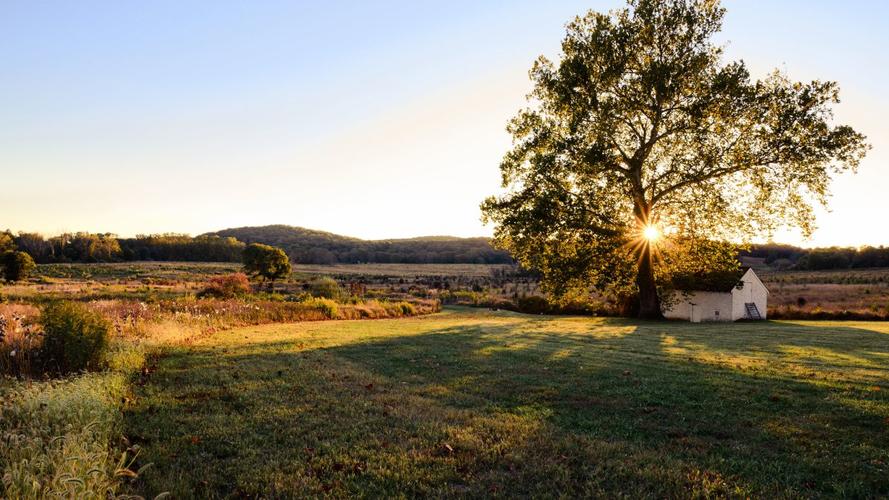Discovering Traditional Japanese Medicine While Traveling Japan
Japan’s rich cultural heritage and traditional practices are often associated with relaxation and balance, and that is particularly true for Japanese traditional medicine. Traveling to Japan offers you an opportunity to experience this first-hand and discover the secrets behind the country’s holistic approach to health. Traditional Japanese medicine (Kampo) is a system of diagnosis and treatment that has evolved over thousands of years. Here’s what you need to know about this ancient practice.
What is Traditional Japanese Medicine?
Kampo is a type of medical practice that originated in China over 2,000 years ago and was introduced to Japan during the 5th century. The Japanese have since developed their unique perspective and approach to Kampo using various herbs, acupuncture, and massages to diagnose and treat various ailments. Unlike Western medicine, the philosophy behind Kampo is the belief that the body can heal itself.
Key Principles of Traditional Japanese Medicine
According to traditional Japanese medicine, the key principles of life and health are balance and harmony. The three key components of balance and harmony in the body are Qi, Blood, and Fluids. These components work in symphony to ensure health and well-being. In Kampo, the physician assesses the patient’s physical, mental, and emotional state by looking at the color of the face, the sound of the voice, the odor of the body, and the overall state of the body and mind.
Herbs Used in Traditional Japanese Medicine
The key components of Kampo medicine involve the use of herbs. There are over 150 different herbs used in Kampo medicine, with each herb having its unique medicinal properties. Some of the commonly used herbs include cinnamon, ginger, and licorice. An expert Kampo physician can diagnose a patient and prescribe herbs that suit their personality and constitution.
Acupuncture and Moxibustion
In addition to herbal medicine, acupuncture and moxibustion are also essential components of Kampo medicine. Acupuncture involves the use of fine needles, while moxibustion involves the application of heat through burning herbs. Both these techniques are meant to stimulate the body’s energy flow and improve the balance of Qi, Blood, and Fluids.
Conclusion
Exploring traditional Japanese medicine can bring you a new perspective on health and well-being, and is an excellent addition to any Japan travel itinerary. It’s an opportunity to learn about a unique system of medicine that has survived for thousands of years and is still used today. Whether you’re seeking physical or emotional healing, Kampo has something to offer. If you’re looking for a more authentic Japanese experience, be sure to explore the beautiful temples and gardens that are often associated with Kampo medicine.
(Note: Do you have knowledge or insights to share? Unlock new opportunities and expand your reach by joining our authors team. Click Registration to join us and share your expertise with our readers.)
